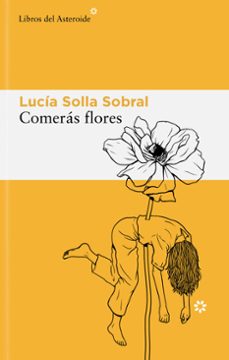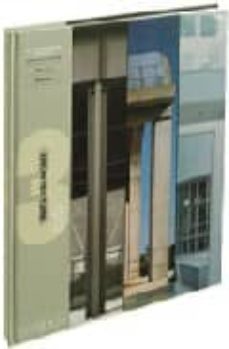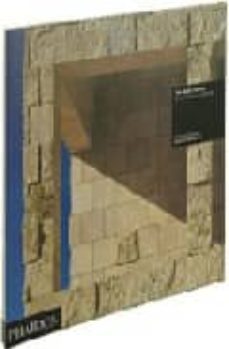Imprescindibles
Ficción
No Ficción
Ciencias y tecnología Biología Ciencias Ciencias naturales Divulgación científica Informática Ingeniería Matemáticas Medicina Salud y dietas Filología Biblioteconomía Estudios filológicos Estudios lingüísticos Estudios literarios Historia y crítica de la Literatura
Humanidades Autoayuda y espiritualidad Ciencias humanas Derecho Economía y Empresa Psicología y Pedagogía Filosofía Sociología Historia Arqueología Biografías Historia de España Historia Universal Historia por países
Infantil
Juvenil
#Jóvenes lectores Narrativa juvenil Clásicos adaptados Libros Wattpad Libros Booktok Libros de influencers Libros de Youtubers Libros Spicy Juveniles Libros LGTBIQ+ Temas sociales Libros ciencia ficción Libros de acción y aventura Cómic y manga juvenil Cómic juvenil Manga Shonen Manga Shojo Autores destacados Jennifer L. Armentrout Eloy Moreno Nerea Llanes Hannah Nicole Maehrer
Libros de fantasía Cozy Fantasy Dark academia Hadas y Fae Romantasy Royal Fantasy Urban Fantasy Vampiros y hombres lobo Otros Misterio y terror Cozy mistery Policiaca Spooky Terror Thriller y suspense Otros
Libros románticos y de amor Dark Romance Clean Romance Cowboy Romance Mafia y amor Romance dramatico Romcom libros Sport Romance Otros Clichés Enemies to Lovers Friends to Lovers Hermanastros Slow Burn Fake Dating Triángulo amoroso
Cómic y manga
Novela gráfica Novela gráfica americana Novela gráfica europea Novela gráfica de otros países Personajes, series y sagas Series y sagas Star Wars Superhéroes Cómics DC Cómics Marvel Cómics otros superhéroes Cómics Valiant
eBooks
Literatura Contemporánea Narrativa fantástica Novela de ciencia ficción Novela de terror Novela histórica Novela negra Novela romántica y erótica Juvenil Más de 13 años Más de 15 años Infantil eBooks infantiles
Humanidades Autoayuda y espiritualidad Ciencias humanas Economía y Empresa Psicología y Pedagogía Filosofía Historia Historia de España Historia Universal Arte Cine Música Historia del arte
Ciencia y tecnología Ciencias naturales Divulgación científica Medicina Salud y dietas Filología Estudios lingüísticos Estudios literarios Historia y crítica de la Literatura Estilo de vida Cocina Guías de viaje Ocio y deportes
MICHAEL BRAWNE
Recibe novedades de MICHAEL BRAWNE directamente en tu email
Filtros
Del 1 al 3 de 3
BUTTERWORTH-HEINEMANN 9780750658515
An introduction to architectural thought, this text is a thorough and accessible discussion in search of the principles of the design process. Documenting the non-verbal processes and decisions that architects and designers make is a difficult task, but one that is important when trying to understand the development of architectural design through the ages. Michael Brawne uses his experience as a practicing architect, academic and educator to provide an overview of the subject. By looking at the practices and buildings of architects past and present he incorporates history and philosophy in the search for a theory of design. * Provides a well-rounded look at the development of architectural thought. * Written at a level that is accessible for professionals and students. * Illustrates how the design process has developed from antiquity to the present day.
Ver más
Tapa blanda
PHAIDON PRESS LIMITED 9780714838786
The New National Gallery, Berlin, Kimbell Art Museum and Museum fur Kunsthandwerk in Frankfurt are striking examples of modern museum design, built in three different decades. The Berlin Gallery was Mies van der Rohe's last great building -- a 'temple' to art in glass and steel. Louis Kahn's Kimbell Art Museum is a building of severity and restraint, its architectural effects arising from rhythmical spaces and a refined treatment of materials. Richard Meier's Museum fur Kunsthandwerk is a subtle and intricate building of shifted grids and superimposed planes -- an interesting precursor to his Getty Center. By presenting these works together, one can examine the similarities and differences in approach taken by three renowned architects in designing buildings with successful interior museum spaces and exteriors that present a public message to the world.
Ver más
Tapa dura
PHAIDON PRESS LIMITED 9780714837994
Tapa blanda
Del 1 al 3 de 3
























